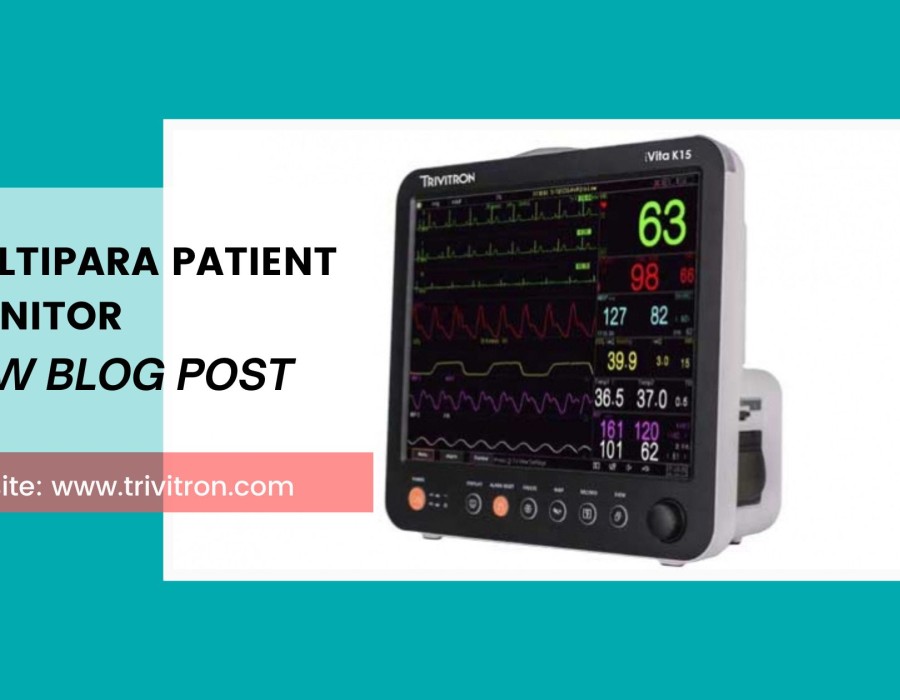Multipara patient monitors are vital tools in healthcare, constantly tracking essential patient metrics like heart rate, oxygen levels, blood pressure, and more. These devices offer features ranging from basic to advanced (like capnography and invasive blood pressure monitoring) to cater to diverse clinical settings.
Benefits of Multipara Monitors
Improved Patient Safety: Continuous monitoring allows for early intervention when problems arise.
Better Clinical Decisions: Real-time data aids in treatment choices.
Streamlined Workflow: Automated measurements save healthcare staff time.
Reduced Errors: Automated systems decrease manual measurement errors.
Enhanced Patient Comfort: Non-invasive techniques are often used.
Choosing the Right Multipara Patient Monitor
Selecting the ideal monitor is key. Consider:
Patient Needs: Specialize for units like NICU or general wards.
Features: Match the monitor to the care setting's requirements.
Connectivity: Ensure compatibility with hospital data systems.
User-Friendliness: Especially important in critical moments.
Alarms: Customizable settings are crucial.
Durability & Support: Essential for long-term reliability.
Cost: The multipara monitor price is one factor, but consider long-term value too (maintenance, upgrades, etc.)
Conclusion
Multipara patient monitors significantly improve care in various medical settings. By carefully considering patient needs, features, budget, and other factors, facilities can choose the best monitors to optimize patient outcomes. Reliable manufacturers like Trivitron Healthcare offer diverse options to fit different needs.





Comments